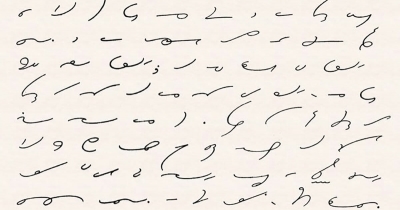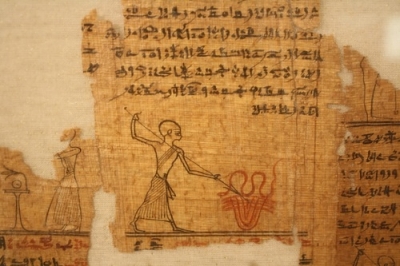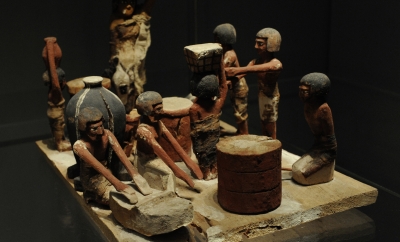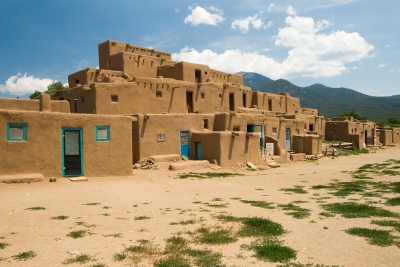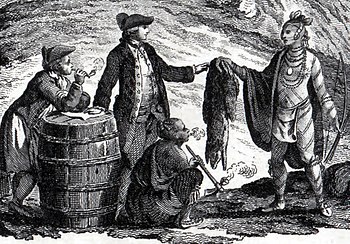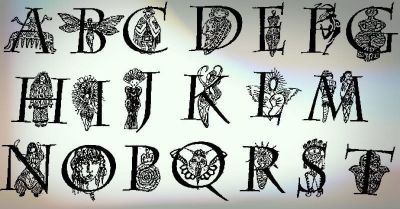
In man’s first attempts to write every mark represented a word: to write ‘bird’ the writer drew a bird and for ‘man’ the figure of a man was drawn. Actions also had to be represented in writing: to describe the action of fighting in writing the figure of a man wielding a club was drawn; to express the idea of freshness, a jar of sparkling water was drawn. The ancient Egyptians made further progress in writing but they never created a true alphabet.
Nobody really knows who drew up the first alphabet. It could have been the Semites who first saw Egyptian hieroglyphics in about 1500 B.C. The Semites probably borrowed some of these signs to represent certain sounds made in their own language. These signs were later modified by the Phoenicians and spread throughout the ancient world. The alphabet was an invention which proved to have enormous practical value. With only about twenty simple signs man could write any sort of message. With hieroglyphics and cuneiform (the wedge-shaped writing used by the Babylonianns and Assyrians), which still used images and symbols, hundreds of signs were needed.
The function of the alphabet is to convert into signs the various sounds we utter in speech. These sounds are few. Before any alphabet came into existence written signs tried to express whole words, which were many.
The alphabet passed from the Phoenicians to the Greeks who added various letters. The Etruscans then took it over, then the Romans until it came down to us. The word ‘alphabet’ itself comes from the first two letters of the Greek alphabet: ‘alpha’ and ‘beta’.
Picture Credit : Google

